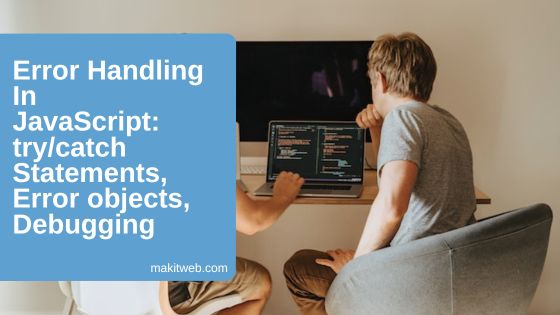JavaScript includes built-in storage functionality that facilitates the development of web applications. This feature enables data storage directly in the user’s browser, offering two distinct types: Local Storage and Session Storage.
Whether you’re making a personal website, a business app, or anything else, understanding how to use sessionStorage can help you make web applications that are more responsive and user-friendly.
In this tutorial, I show how you can use sessionStorage in JavaScript and when not to use it, and also show you the difference between LOCAL and SESSION storage.




